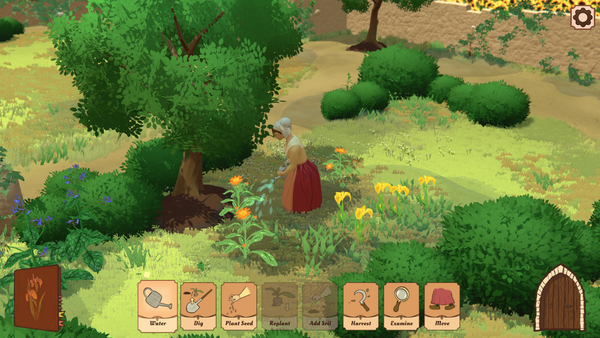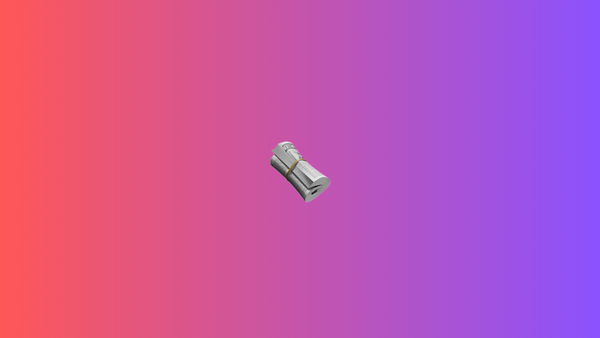Clair Obscur: Expedition 33 is a near perfect video game
If there is one criticism I can levy at Clair Obscur: Expedition 33 that all my worst thoughts about the game could fall under, it is—like the name itself—there’s too much. There’s so much lore, so much art, so many bloodstained faces, and so much suffering. There’s too many parries, too many tiny quibbles, and too many random battles. There are too many foreshadowed themes with unsatisfying conclusions. There are too many words in the title.
And yet, I continued.
Not everything will click with you. Odds are though, if you’re reading this, it did click or you managed to overcome the things that didn’t. It didn’t matter to me either. Expedition 33 is not my kind of game. It’s very much an experience I pushed through despite my reservations: turn-based combat isn’t my bag and I could never quite wrap my head around the build-crafting. The map is awful (or nonexistent), the game is missing a quest journal, and combat that tends to be easy and tedious or i get one-shot.
And yet, I continued.
Clair Obscur: Expedition 33 is (one of) this year’s impossible reviews that begs the question: why? Why even try to review this game? You have probably already played Expedition 33. If you haven’t, you either plan to or never will. The words I type here will not change minds. And yet, I sit beside this monolith of a game and write in my journal, hoping those that come after will read my words.
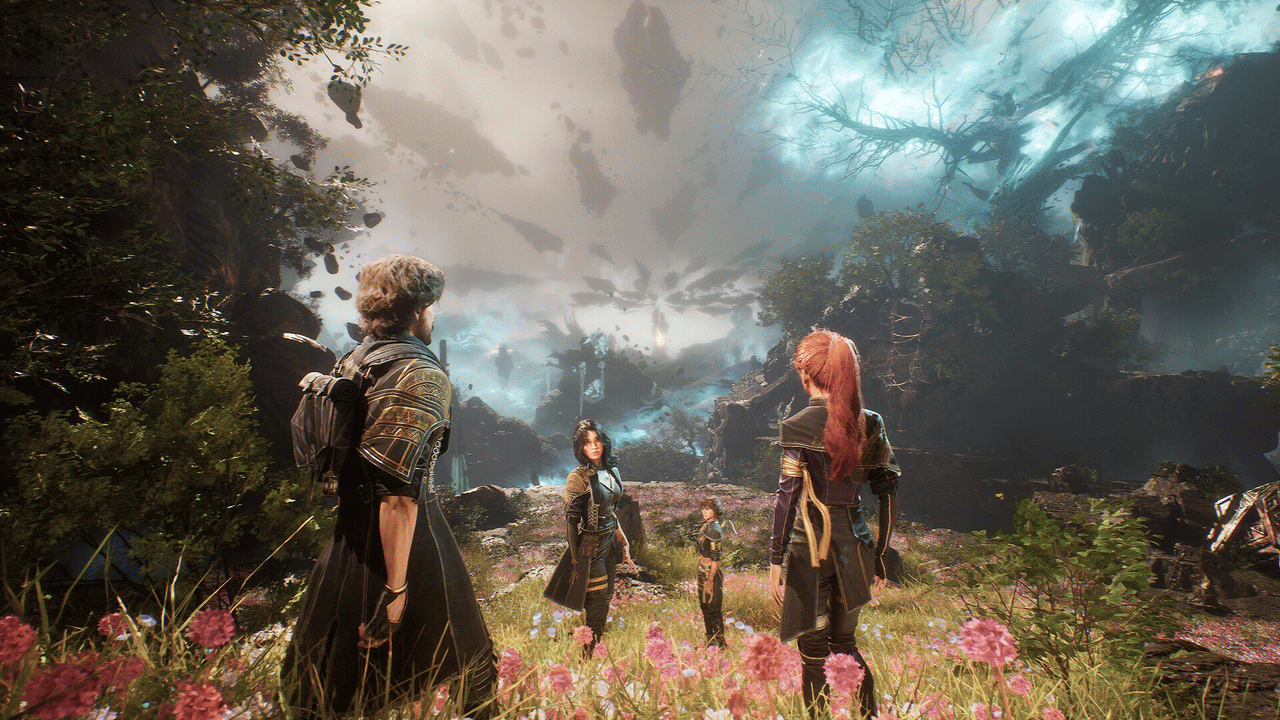
Let’s start again. Clair Obscur: Expedition 33 is flashy turn-based RPG that’s a mix of Dragon Quest, Final Fantasy, and Persona. I’m told this—I haven’t played those games—but, based on what I think those games are, this is a pretty good one. As you level up, you’ll dump points into stats and unlock different abilities for each of the characters. There is a total of five party members, each of them with wholly unique skills and mechanics that make building your three person combat team super rewarding. Skills synergize with each other as well as the other party member’s abilities.
As you play Expedition 33, you’ll unlock Pictos, which are equippable charms. After finishing four combat encounters with the Picto equipped, the modifier becomes a Lumina, or an ability that can be applied to any character. Combined with the character skills, Pictos and Luminas allow for a vast amount of character build customization. You can find ways to maximize the amount of AP you start with, auto-apply status effects like health regen, or pure combat buffs like applying double burn or dishing out 50% more damage until a character is hit. You can also just apply the same “build” to every character and have a mostly fine time if you want.
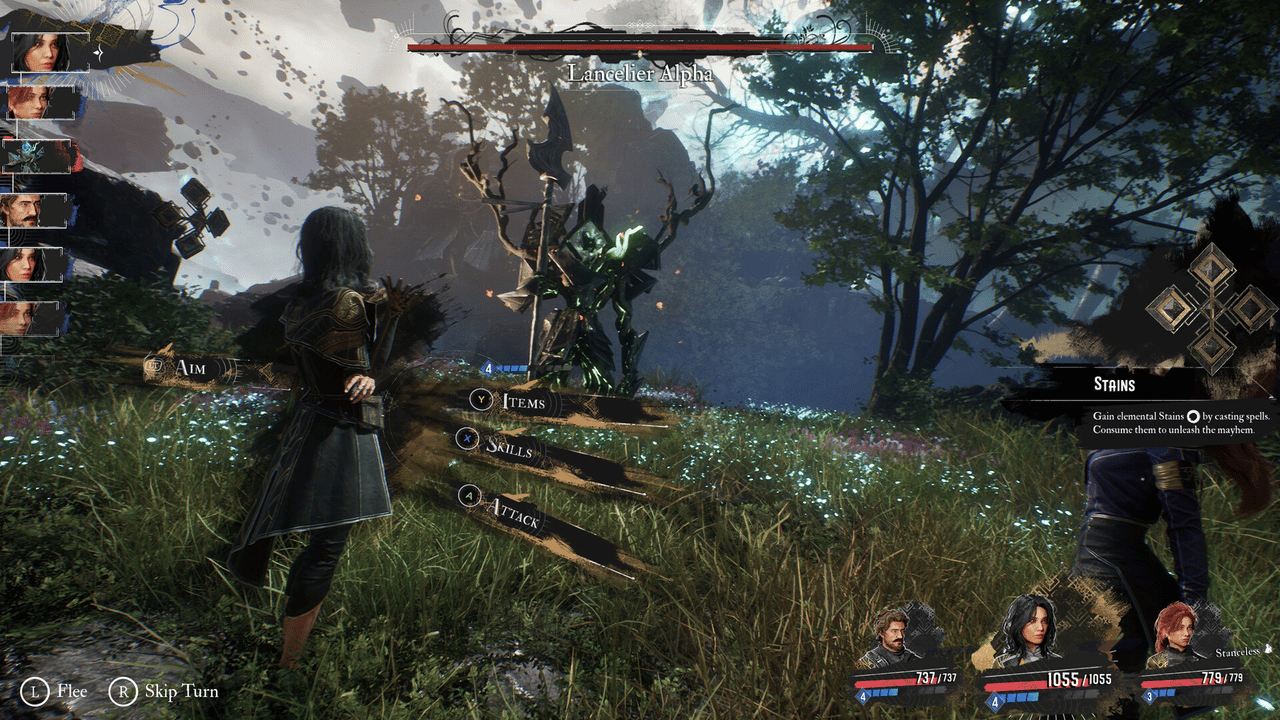
In combat, you’ll select skills from menus, but there’s also a dizzying amount of stuff you need to stay on top of. You’ll apply stacks of burn, do stun damage, or pepper your enemies with status effects like slow or defenseless (which can then synergize with other skills). On an enemy’s turn, you need to be ready to hammer buttons to dodge or parry enemy attacks, watch for a special icon to jump, trigger pulls for counter attacks, or hit the right trigger for a special type of parry. You’re managing a ton and it’s easy to forget an attack pattern midway through causing you to miss the counterattack opportunity. Typically, it’s not terribly punishing, but like everything in the game, it can depend on your build.
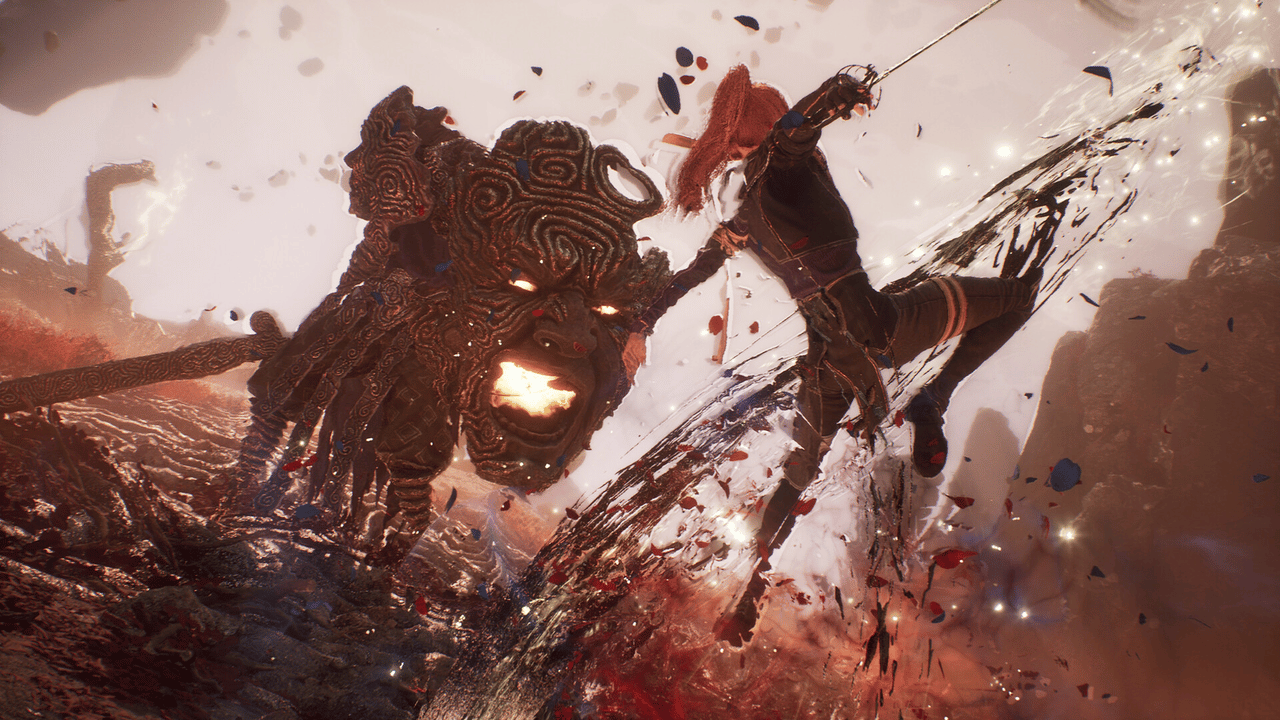
The combat is important in Expedition 33 and it’s deep enough for you to have a setup wholly unique to you, but in all honesty, that’s not why I’m writing this review. More times than not, I found the combat overwhelming and annoying; the parry-based counters are fine, but I feel the combat relies too much on it, punishing you aggressively if you get it wrong. At hour 25, I was kinda over it. By hour 30, every battle started with the exact same combo and was done before the enemy could attack. The great push and pull of Expedition 33 is how much time do you spend in menus and how much time do you spend in the gorgeous world? I’ve decided to play on easy and ignore the build crafting in favor of experiencing what I really care about: the story.
It is a smorgasbord of highs and lows you rarely see in such tender detail in games.
I’ve spoken before about how one of the great thrills of playing Lorelei and the Laser Eyes is sitting down to analyze it as if I were writing a classic five-paragraph essay. It’s a dense enough text to extract multiple reads, but you have the age and experience to know you’re not even getting to the second layer of criticism, symbolism, and reference. Clair Obscur is much the same, its name referencing “chiaroscuro,” a term-of-art referencing strong contrasts in painting, film, and yes, games. Thematically, Expedition 33 is a powerhouse, exploring life, death, suicide, grief, perseverance, and family trauma. It is a smorgasbord of highs and lows you rarely see in such tender detail in games.
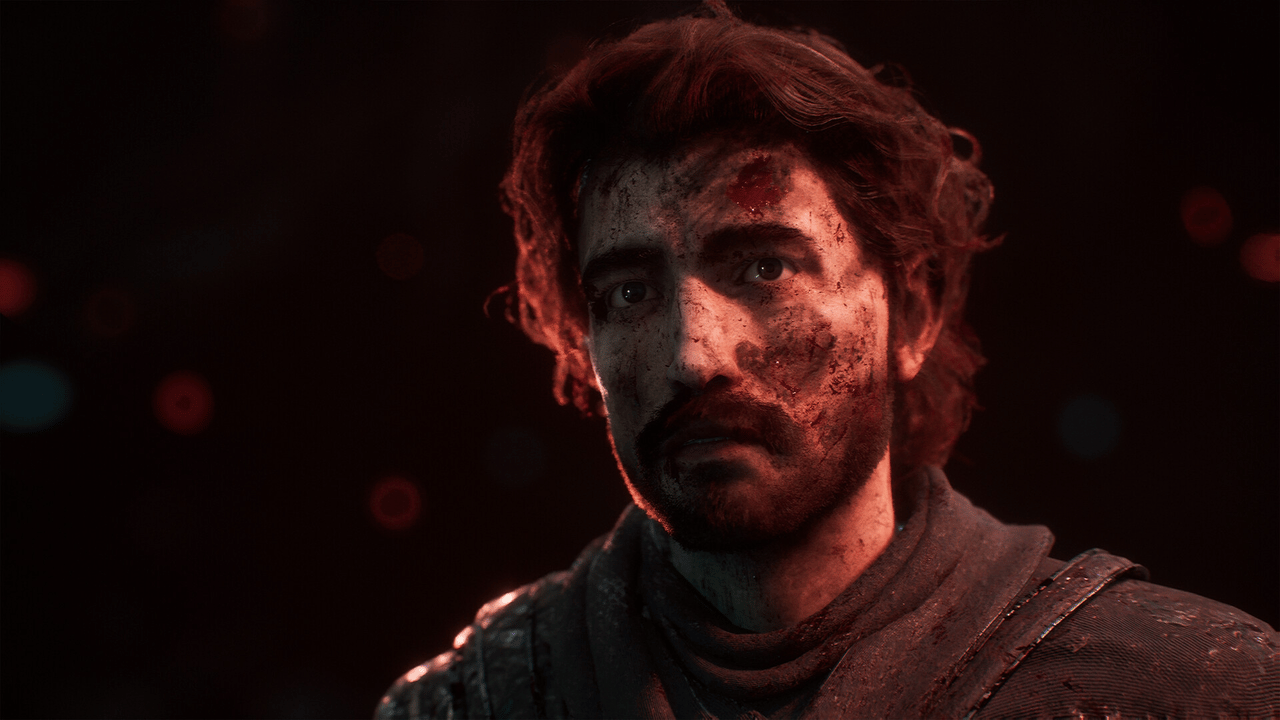
From the emotional setup of the surreal world to the dungeon design to the characters, all the way to the thrilling conclusion, Expedition 33 just doesn’t stop. Moments of quiet are given time to breathe (two particularly red-tinted moments come to mind), while moments of levity—while few and far between—feel real. If you look at Expedition 33 for more than an hour, you can see its budgetary seams: the glossy faces and wispy hair will fade away to dead eyes reminiscent of Mass Effect: Andromeda, or the overcooked, 1000% brightness lighting may leave you bleary-eyed squinting to spot a glowing object on the playfield. But it doesn’t really matter; the impeccable voice acting and operatic soundtrack will immerse you in the unbelievable world of the Continent all the same.
Clair Obscur has that five-paragraph symbolism I crave so much.
The sprawling, epic story they’re telling here is equal parts JRPG nonsense (a giant woman paints a number on a big rock in the distance and then people over the age of that number turn into rose petals and disappear) and grounded in humanity (if you knew you would disappear in exactly one year, what does that do to a person?). From the camera’s framing to the design of the enemies, everything invites interpretation, including the grand mystery of the game: why does the Paintress paint a number? The motifs peppered throughout become memetic: the end of battle screen doesn’t say “Continue” it says “We Continue;” when the characters doubt their plan or fear the odds, one will always say “For those who come after.” And, much like the characters, you inhabit this drudgery, from one random battle to another, you continue. You read the journal entries left by previous expeditions and learn from what they left “for those who come after.” You sacrifice a character to setup a Burn combo rather than heal because a life means nothing if it can’t save thousands more.
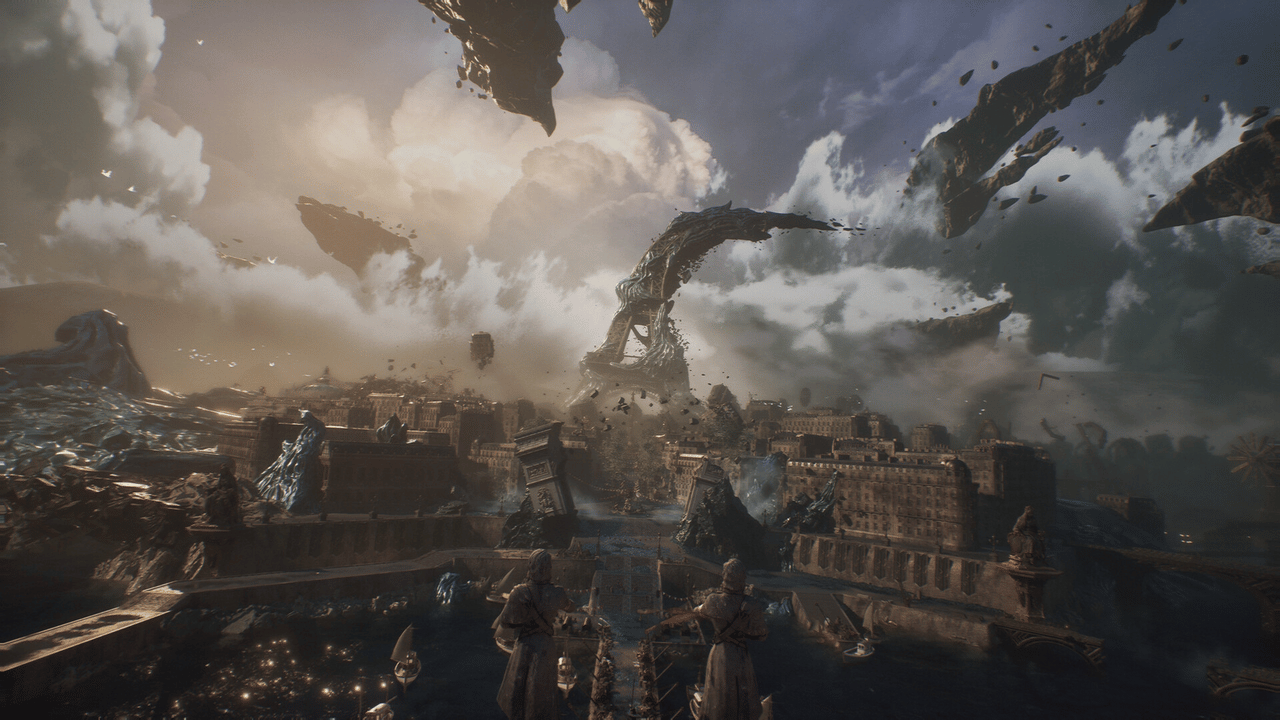
Until the end of Act 2, Expedition 33 was a perfectly fine game for me. The end of Act 2 is very much a give and take for me though; on one hand, the last battle and cutscene were top-notch cinematic moments that I needed to immediately jump back into the game to find out more. On the other hand, Act 3 is both the weakest and strongest part of the game.
It’s really disappointing to see a critical piece of game lore locked behind a long grind.
Without getting too deep into it, Act 3 is when you are able to freely explore the world, zipping from optional dungeon to optional dungeon to collect Pictos, find all the haircuts, and experience the untracked side quests for each of the party members. It’s also the time to do all of that and be constantly frustrated by how bad the map is and how unclear the level requirements are for certain spaces.
I think it’s disingenuous to call Act 3 bloated, but after being turned back (or to dust) by massively powerful Nevrons during Act 1 and Act 2, I had expected Act 3 to be the cleanup chapter, not the grind chapter. I wrapped up Act 2 around level 50 on my main squad, but (after looking at a few leveling guides) one of the things I want to learn so much about requires your characters to be at level 90+. I know how leveling curves work and I know how much I’m not loving the combat, so it’s really disappointing to see what I imagine is a critical piece of game lore being locked behind such a long grind.
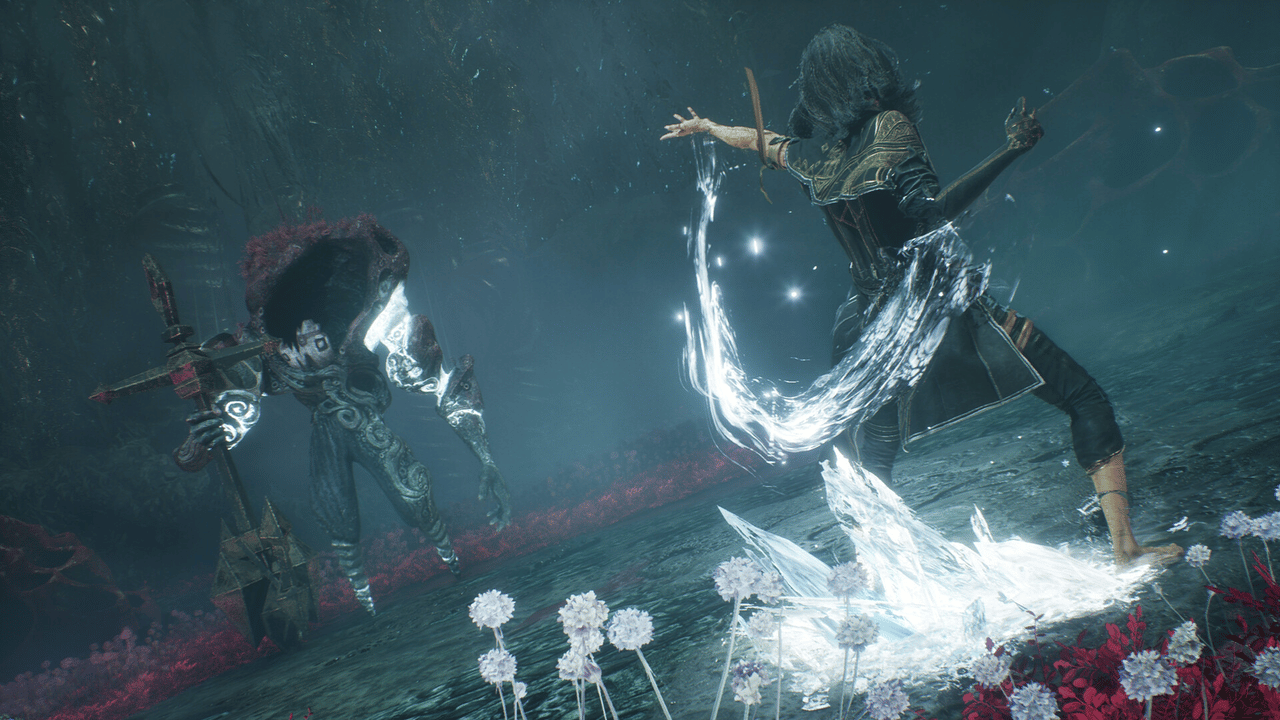
The strongest part of Act 3 is the ending. I don’t like the ending and I find that the Act 3 focus on the Dessendre Family undermines some of the games bigger themes of perseverance and personal sacrifice for the greater good. There is a sharp change in the game’s thematic core after a major reveal at the end of Act 2, one that is fascinating, but also disappointing. In the moment, I enjoyed the ending, but on reflection, I find the story’s grand conclusion gutless in some ways, pulling its punches on the story by handing over the reins. By the end, the story is the Dessendres, something that will either work for you or not. For me, it doesn't.
You may be wondering why I think it’s so strong if it didn’t stick the landing for me. Clair Obscur is a game I need to talk about. I don’t like how the game ends, but talking about why, how it’s inconsistent with the themes, dialogue, and combat mechanics—how the urgency of Act 3 doesn’t mesh with the methodical turn-based combat pacing (unless you really think about it)—is one of my favorite things in games. The moment I finished Expedition 33, I ran to the spoiler sections of several Discord servers, voraciously consuming and discussing opinions. Finishing Clair Obscur finally showed me what it’s like to play a Souls game at launch. I love how much people are digging into the soundtrack and artistic styles to pull meaning from this game; it has that five-paragraph symbolism I crave so much. Seeing the world crave it too, is exhilarating.
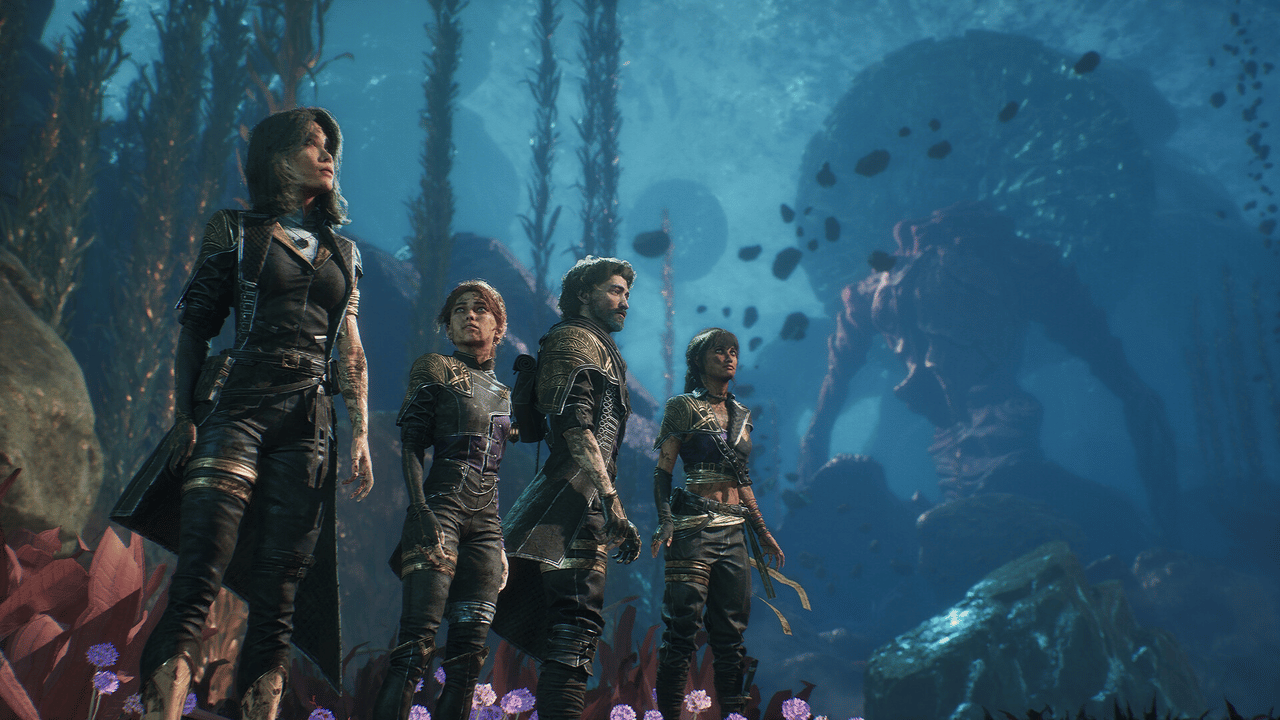
The combat not clicking for me, the aimless wandering in Act 3, and the long path to level 99 to see all the content really drags Clair Obscur: Expedition 33 down for me. I think “We Continue” every time I board my train into the office; I listen to the unrivaled soundtrack constantly; I roll the themes (especially its existential questions I won’t spoil here) around in my head. But I can’t quite get those other sour tastes out of my mouth. Maelle, Lune, and Gustave are characters that will linger with me long after I uninstall Expedition 33, but so too will the frustration of never once hitting a gradient parry because why does there need to be two different kinds of parries?? Like its name, Clair Obscur is a game of high contrasts, peaks and valleys that bring pain and joy, excitement and disappointment.



